
The backwater lakes, emergent marshes and associated bottomland hardwood forests of the Mississippi Flyway are considered one of the areas of greatest continental significance to North American ducks, geese and swans. Within Illinois, the unique middle Illinois River region floodplain, containing numerous wetlands and backwater lakes, was created after an ancient channel of the Mississippi River formed a wide floodplain prior to the last glaciation, pushing the Mississippi west to its current course. Throughout time, this region has provided habitat waterfowl and other migratory birds need to replenish nutrients, rest, and begin to store the proteins and lipids needed on route between their southern wintering grounds and northern breeding areas.

The bountiful resources of the region were significant to Native Americans, and that legacy continued into the 1800s when Illinois River market hunters provided food to Chicago and other large cities, and sportsmen traveled great distances to hunt at some of the oldest waterfowl hunting clubs in the United States.
But changes to the landscape started occurring by the late 1800s when the floodplain was leveed, ditched, drained, timbered, cleared, burned, farmed and grazed. By the early 1900s, approximately 44 percent of the 426,000-acre floodplain of the Illinois River had been functionally lost, a significant contribution to Illinois’ total loss of 90 percent of our historic wetlands. Resultant impacts to the ecosystem include changes in the Illinois River’s hydrology, flooding regime, siltation and nutrient loads, and vegetative and faunal communities. Climate change, which causes fluctuating rainfall and changes in flooding and native vegetation, adds another threat.

A new, multi-year initiative, Conserving the Illinois River Legacy, has kicked off and will protect, enhance or restore 13,000 acres of backwater lakes, marshes and bottomland hardwood forests across 19 counties bordering the middle and lower stretches of the river, including enhancement of 11,461 acres of degraded wetlands, protection of 1,522 acres of wetlands and restoration of nearly 19 acres of wetlands which have been drained.
Initiated in June 2019, the Conserving the Illinois River Legacy initiative is funded through a $1 million North American Wetland Conservation Act (NAWCA) grant. The project includes an additional $4.1 million in matching and non-matching support from a partnership including governmental and non-profit organizations such as Ducks Unlimited, Wetlands America Trust, The Nature Conservancy, The Wetlands Initiative, Illinois Department of Natural Resources (IDNR), Peoria Park District, Friends of Sanganois, Illinois River Valley Conservation Group, the U.S. Fish and Wildlife Service Partner’s for Fish and Wildlife Program, and the Illinois Natural History Survey’s Forbes Biological Station.

“This proposal will not only provide important breeding, migration and wintering areas for waterfowl but will benefit rare and endangered species of wildlife and fish associated with Illinois River ecosystems,” Randy Smith, Wetland Wildlife Program Manager for the Illinois Department of Natural Resources (IDNR) explained. “The projects chosen for this proposal are all either currently connected to the floodplain of the Illinois River, or were historically connected prior to human alternations of the landscape and hydrology. The work undertaken also will improve water quality, address changing flood regimes, help stimulate local economies through recreation on project lands, increase hunter and viewer success and access, and offer a host of other wetland-associated benefits to society.”

Smith added an additional benefit realized through the initiative. “One great thing about this is that we plan to use Duck Stamp funds as IDNR’s portion of the match on projects that we would have conducted anyway, and with NAWCA funds we are able to leverage these resources to get significantly more work done with essentially no out-of-pocket expense for the state,” he remarked.
Included in the project are improvements to public areas such as The Nature Conservancy’s Emiquon Preserve, The Wetland Institute’s Dixon Waterfowl Refuge, Peoria Park District’s Detweiller Park, Wetland American Trust’s Western and Eastern Stewart Lake projects, and several IDNR State Fish and Wildlife Areas.
NAWCA applicants compete nationally for limited funds. Projects must be in high priority areas, have significant impacts and involve multiple partners to be competitive. The Conserving the Illinois River Legacy was the top scoring application in the country.
“The Illinois River Legacy proposal came together so well and scored so high on the NAWCA ranking system because of the number of partnerships developed within the Illinois River Valley, as well as the scale of habitat and historic research and monitoring we could use to bolster our proposal,” Smith said. “Many of the partners have worked together on previous wetlands conservation projects, but this will be the first time they have collaborated on a NAWCA grant.”
Three organization—Peoria Park District, Friends of Sangamon Valley and Illinois River Valley Conservation Group—are significant new matching, non-federal partners, and their involvement reflects increased support for migratory bird conservation throughout the Illinois River Valley.

Highlights of four projects taking place on areas owned by the Illinois Department of Natural Resources follow. All planned improvements are designed to meet goals of the North American Waterfowl Management Plan, increase waterfowl hunter and wildlife viewer access and success, and increase the ability to provide migration, wintering, breeding and brood-rearing habitat for a variety of avian species.
Rice Lake SFWA—This project will enhance the 2,623-acre complex of large backwater lakes, managed impoundments and bottomland forest benefiting both waterfowl and shorebirds. The site supports 4,200 hunter-use-days (HUDs) annually, and between 2003 and 2017 averaged more than 500,000 duck-use-days (DUDs) during the fall.
The project involves installation of an additional control structure, a spillway to facilitate equalizing water levels and pressure, and armoring of the structures and spillway to stop future degradation.
Sanganois SFWA Walk-In Unit—Enhancement of 400 acres of bottomland emergent, forested and scrub-shrub wetlands will take place within the 10,000-plus acre site located at the confluence of the Illinois and Sangamon rivers. As one of the most popular public waterfowl hunting sites in the project area, Sanganois supports 4,000 HUDs annually, and between waterfowl refuge areas on Sanganois and adjacent private lands provided 4,468,518 DUDs during fall of 2017.
Three large concrete box-culverts will be installed with stop-log water control structures at the inlet and outlets of the unit to manage water levels favorable for wetland-dependent wildlife, prevent or manage untimely flood events that severely degrade habitat quality and quantity each year, and reduce annual maintenance due to inappropriately sized infrastructure and flood damage.
Anderson Lake SFWA—Enhancement of 250 acres of floodplain wetlands will occur within the 1,900-acre backwater wetland of the Illinois River. The area supports 2,000 HUDs annually through public hunting opportunity.
Matching funds will be utilized to enhance management capability by grading and installing a new armored emergency spillway that can more quickly equalize hydraulic pressure on the existing infrastructure to avoid damage.
Woodford SFWA Greentree Units (GTU)—Enhancement will occur on 190 acres of forested greentree reservoir that was created in 1996 to provide flooded migration habitat for waterfowl. Woodford SFWA supports approximately 1.3 million DUDs during fall migration and provides 2,300 HUDs annually through public waterfowl hunting opportunities.

The current infrastructure of berms and water control structures does not allow IDNR to meet the site’s management goals of creating three independently managed forested wetland areas. Installation of a new electric-driven, deep-well pump will allow management of the GTUs for mast producing trees interspersed with moist soil vegetation as intended to provide migration, breeding, and brood-rearing habitat important for a variety of species.
Other components of the Conserving the Illinois River Legacy project are:
- Western Stewart Lake (Mason County)—745 acres purchased by Ducks Unlimited in 2014 and donated to IDNR
- Eastern Stewart Lake (Mason County)—800 acres purchased by Ducks Unlimited and donated to the Illinois Audubon Society
- Detweiller Park (Peoria County)—the conversion of 18.5 acres of former golf course owned by the Peoria Park District to wetland habitat
- Emiquon Preserve (Fulton County)—Ducks Unlimited will provide engineering assistance to The Nature Conservancy to enable water level management of 5,289 acres of wetlands
- Dixon Waterfowl Refuge (Hennepin/Hopper, Putnam County)—enhancement of the 3,000-acre waterfowl refuge, created in 2001 by The Wetlands Initiative when the pumps were turned off
- Donnelley-DePue SFWA’s Coleman Lake Unit (Putnam County)—site enhancement to benefit waterfowl and improve conditions for waterfowlers
- Enhancement and restoration of private wetlands throughout the 19 counties with U.S. Fish and Wildlife Service Partners for Fish & Wildlife Program
In summarizing the impact the Conserving the Illinois River Legacy project will have on wetlands and wetland-dependent species, Smith stressed the importance of the extensive and strong partnership existing among the conservation organizations.
“We are excited about the opportunities this funding and the partnerships bring to the Illinois River Valley,” he said. “Over the next few years we will be working to enhance some traditionally great wetland management areas and to create new wetlands. Across the landscape, partners will be working toward the common mission of increasing habitat quality for waterfowl and other wetland dependent wildlife and providing recreational opportunities for waterfowl hunters as well as anglers, birders, hikers and campers.
Kathy Andrews Wright retired from the Illinois Department of Natural Resources where she was editor of OutdoorIllinois magazine. She is currently the editor of OutdoorIllinois Journal.








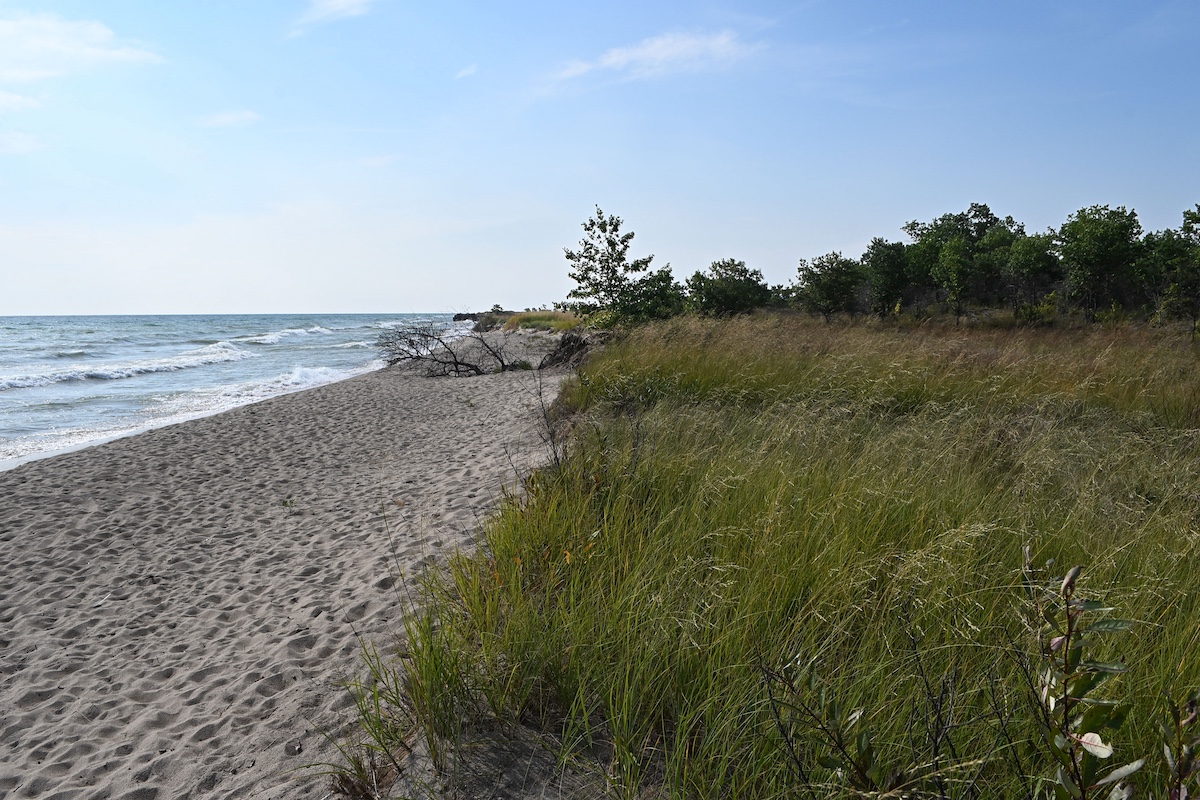
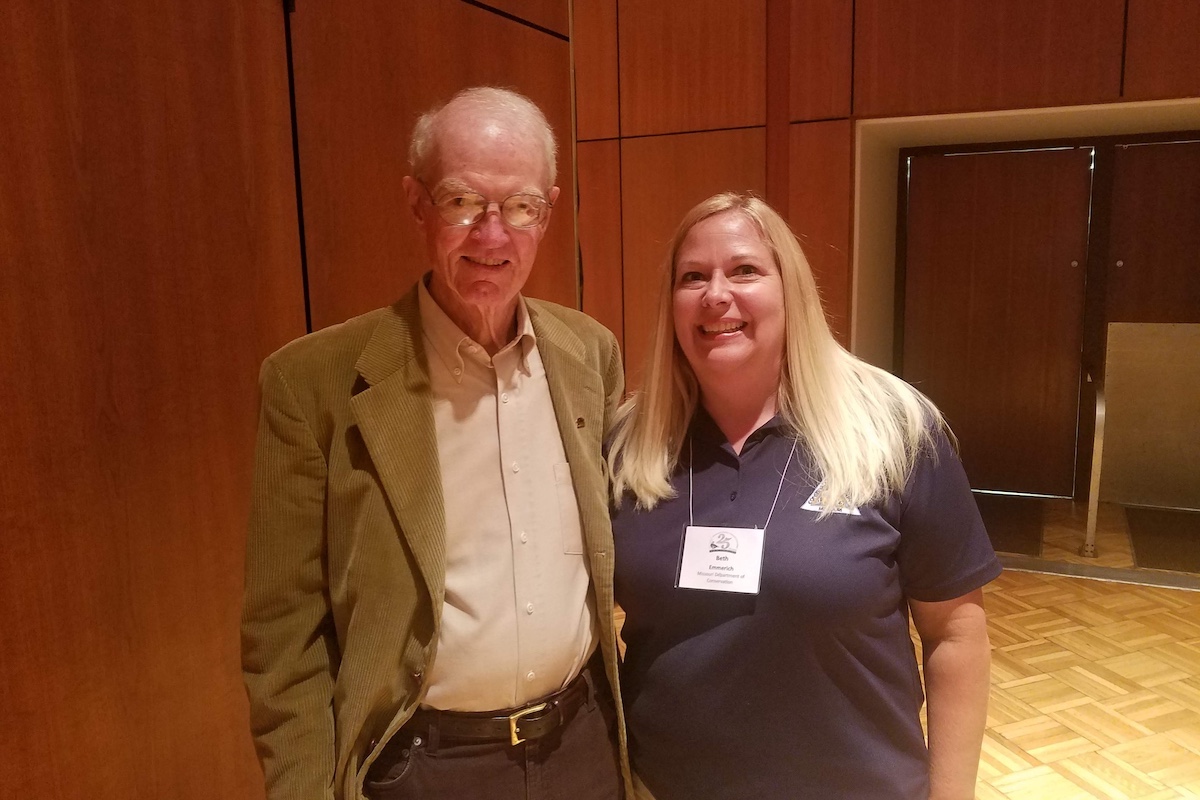
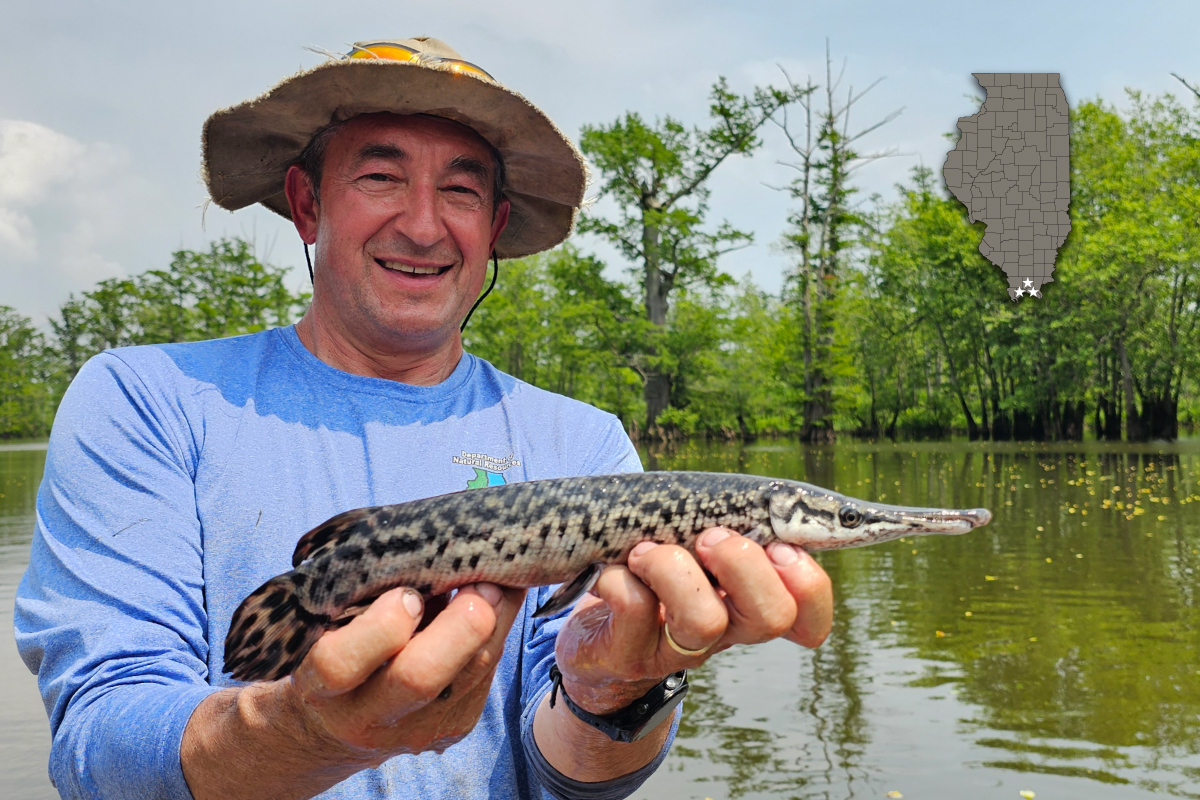
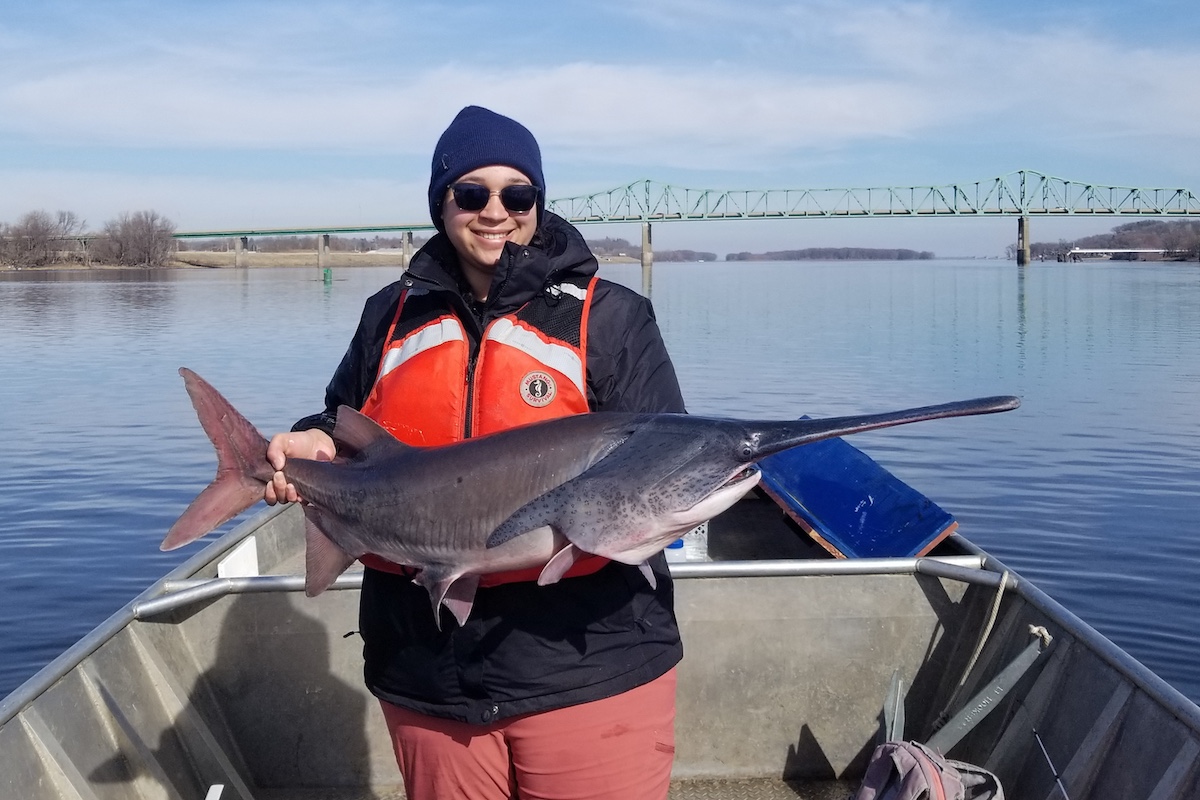
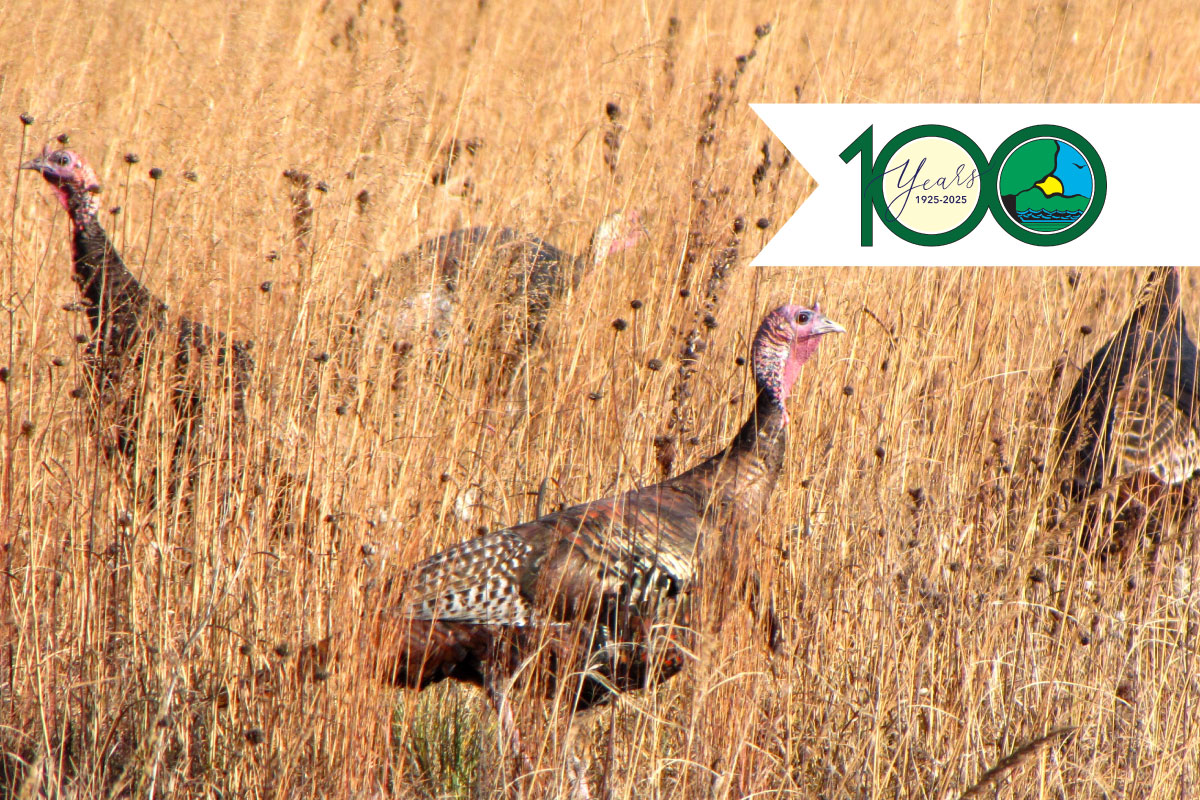
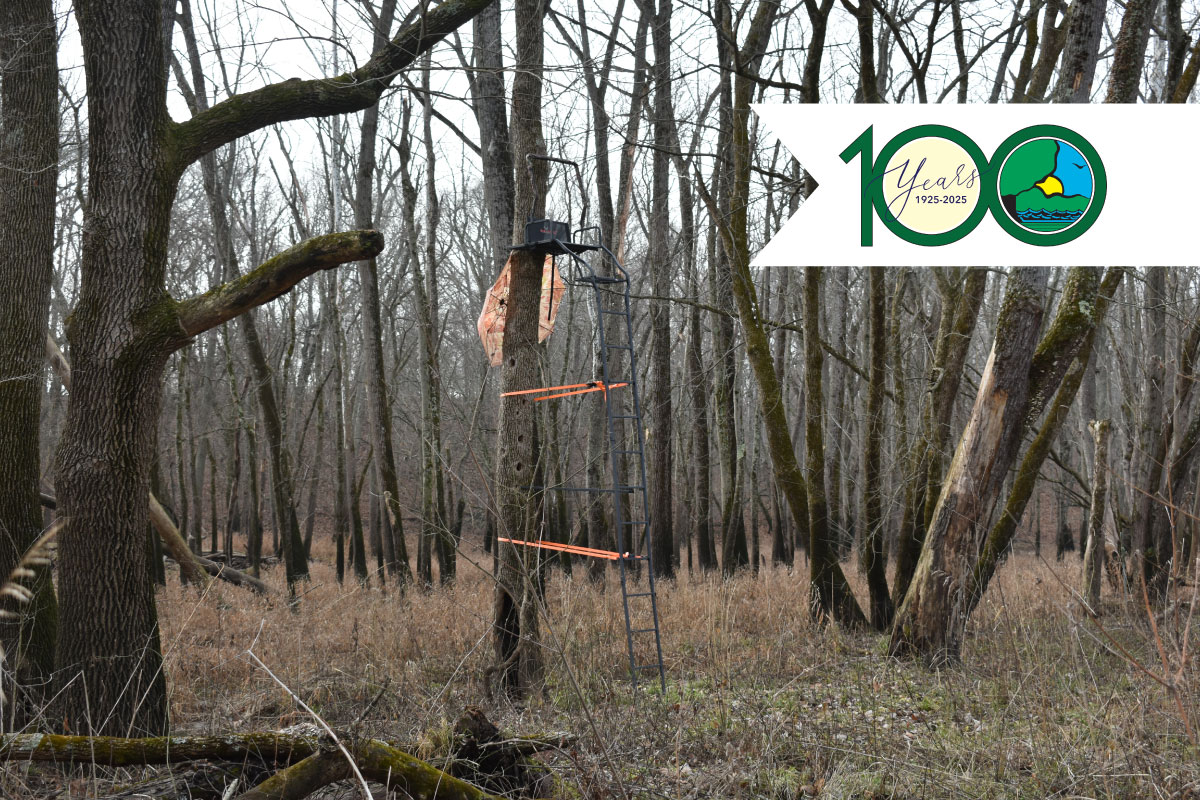
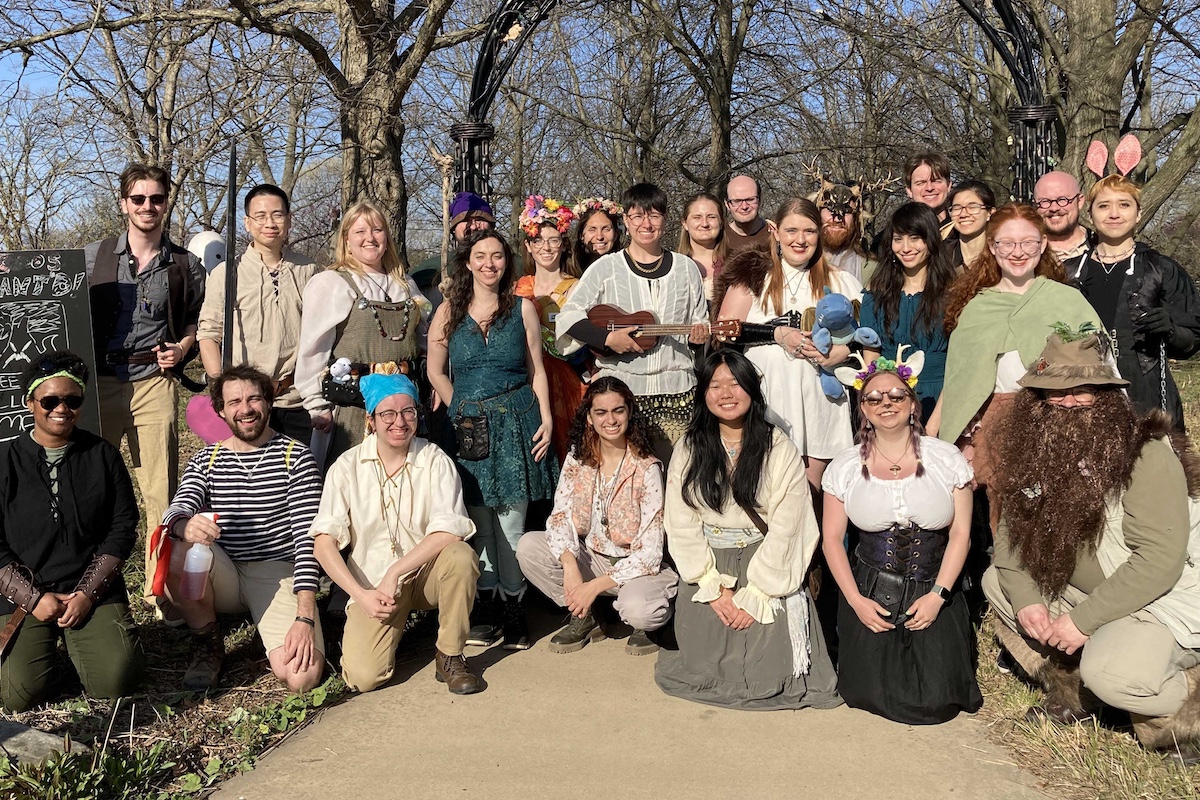
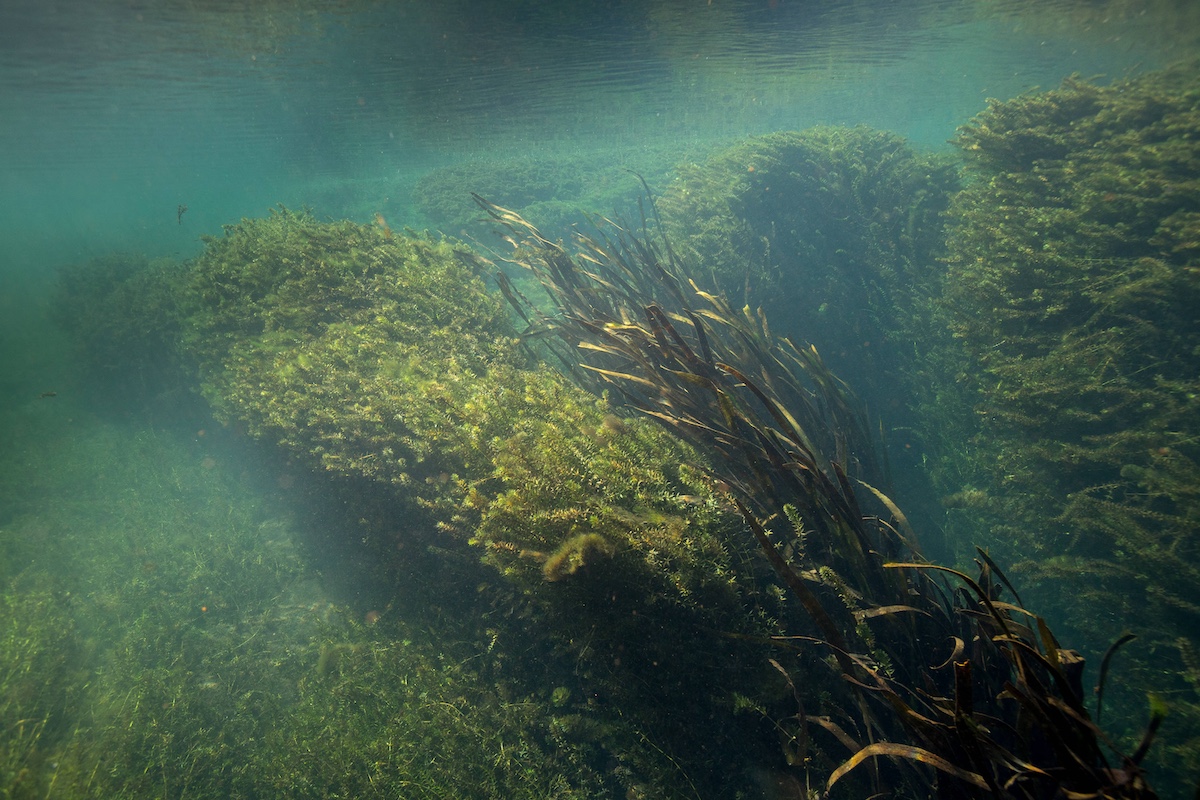
Submit a question for the author